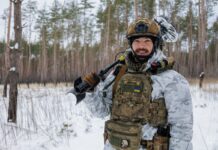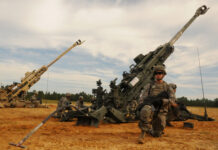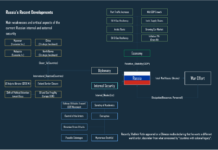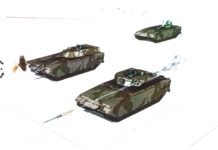The Russian invasion of Ukraine is already leading to changes in NATO’s defence concept and a reassessment of the principles of modern warfare. Ukraine’s unique experience of confronting a much larger enemy force in terms of manpower and hardware is being taken into account in this reassessment.
NATO’s military strategy is changing and moving towards the principle of defending every square inch of Allied territory from Day 1 of a potential conflict, instead of the previous strategy of retaliation. The latter strategy assumed that in the event of an attack on any NATO member country, other Allies would take time to consult to draw up a response. It was also assumed that at the initial stage of aggression, the concerned NATO member could be partially or completely occupied until the main Allied forces arrived to engage the adversary. However, following the atrocities committed by Russian troops in Ukraine, such an approach would be unacceptable. Implementing the new approach requires strengthening defences in case of potential aggression, which in turn requires clearly understanding the threat. During its invasion of Ukraine, Russia has deployed huge military formations, with large numbers of armoured vehicles and artillery, many of them dating back to the Soviet era. The question for NATO is how effective this approach could be under modern conditions.
Having launched a full-scale war against Ukraine, Russia has been unable to abandon the use of Soviet-era military equipment, despite boasting in previous years about the production and supply of modern equipment to their troops. This new equipment includes the T-72B3M, T-80BVM, and T-90M main battle tanks (MBTs), BTR-82A armoured personnel carriers (APCs), BMP-2M infantry fighting vehicles (IFVs), BMPT ‘Terminator’ fire support vehicles, along with various others. The massive losses of Russia’s newest military equipment in the first months of the invasion has led to Russia being forced to reactivate and refurbish older models for deployment in order to plug capability gaps incurred through losses.
Old Equipment from Russian Stocks
Since the start of the war, Russia has removed approximately over 40% of its Soviet-era tanks and APCs from the largest mothballed equipment base in Buryatia. This certainly represents a significant figure, but Russia has another 20 smaller, similar storage bases, which can also be used to reconstitute units destroyed in combat. Before the start of Ukraine’s summer offensive, the Oryx blog estimated that Russia had lost over 10,000 units of heavy armoured equipment, including 7,000 irretrievably destroyed, and more than 2,800 captured by the Ukrainian Armed Forces. The Oryx blog’s tally only includes confirmed losses, verified by photos or video evidence. However, despite giving a good approximation of Russia’s losses, these figures do not tell the whole story. On the one hand, the amount of equipment Russia has lost is likely greater, since not everything is recorded on camera. However, on the other hand, many of the losses tallied by the Oryx blog include damaged, abandoned, and captured equipment, which may potentially be repaired, recovered, or recaptured and returned to service, thereby lowering ‘real’ losses.
Furthermore, these same vehicles may subsequently end up being documented as losses after having been returned to service, raising the risk of counting the same equipment multiple times. Despite these problems, there are few good open-source alternatives to the Oryx blog’s visually-documented loss tally.
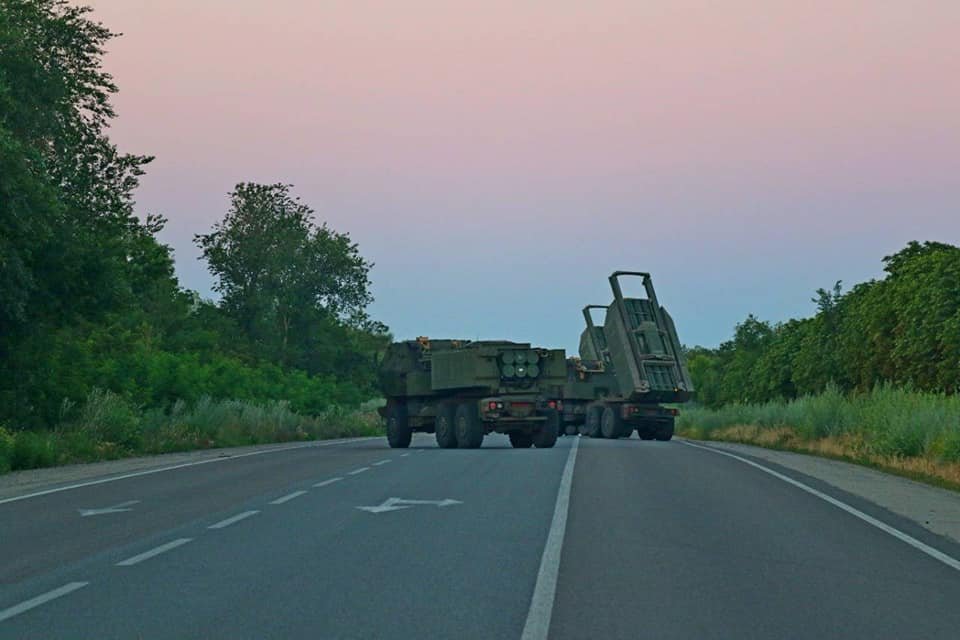
Credit: General Staff of the Armed Forces of Ukraine
As of mid-October 2023, the Oryx blog’s tally of Russian armoured vehicles lost on Ukrainian battlefields exceeded 12,500, of which more than 8,680 units were destroyed, in excess of 2,890 captured, more than 470 abandoned, and over 520 damaged. By contrast, the Oryx blog’s tally of Ukraine’s losses stood at over 4,580 units, of which 960 were captured. However, there is likely to be some degree of under-counting occurring, since Ukraine has generally been very careful not to share its casualty figures, with many confirmed losses coming through Russian social media. Despite this, the perceived disparity in losses has cast doubt on Russia’s actual military capabilities.
Throughout the years prior to the full-scale invasion of Ukraine, Russia has presented its new arms projects as globally unique. This presentation of modern arms was in part designed to attract export customers. Yet despite this supposed advantage in modern equipment, Russian units are broadly assessed as having under-performed on the battlefield fairly often. The initial Russian offensive of 24 February 2022 involved their best-trained troops operating with the most modern equipment. By contrast, in these early stages, the Ukrainians were often equipped with outdated or modernised Soviet-era military equipment. However, this is not necessarily down to the equipment in use – the initial operation has been near-universally assessed by military analysts as being very poorly-planned and implemented.
As high-intensity military operations continued, the share of modern military equipment in Russian Russian stocks has fallen, leading on greater reliance on older Soviet-era equipment in many units. The Armed Forces of Ukraine, were similarly not able to completely abandon their own use of Soviet-era equipment. Gradually however, at least for certain types of equipment, Ukraine’s share of Western hardware began to increase, thanks to military assistance from its allies and partners. Therefore, for various reasons, both warring parties continued to use equipment of different ages and degrees of modernisation, which has forced them to look at Soviet-era military equipment from a different perspective. Its role in modern military operations has been revised accordingly by both the Ukrainian and Russian sides.
Plugging Gaps with Equipment from Storage
The Russian Armed Forces’ need to use outdated military equipment became evident by the summer of 2022. At that time, the first losses of de-mothballed tanks were recorded. The number of destroyed T-62s increased by the autumn of 2022 and since spring 2023, T-54/55 tanks, produced sometime between 1946¬–1979, have been taken out of storage. The Russians themselves admitted that these tanks were deployed in the occupied areas of the Zaporizhzhia region, but their role on the battlefield was unclear. Later it turned out that there were several options for their use. In particular, they could be deployed as artillery systems for non-precision fires, due to the loss of a large amount of tube artillery. This was necessary to strengthen the defensive line in the occupied territories and provide fire support for units anticipating the Ukrainian counteroffensive.
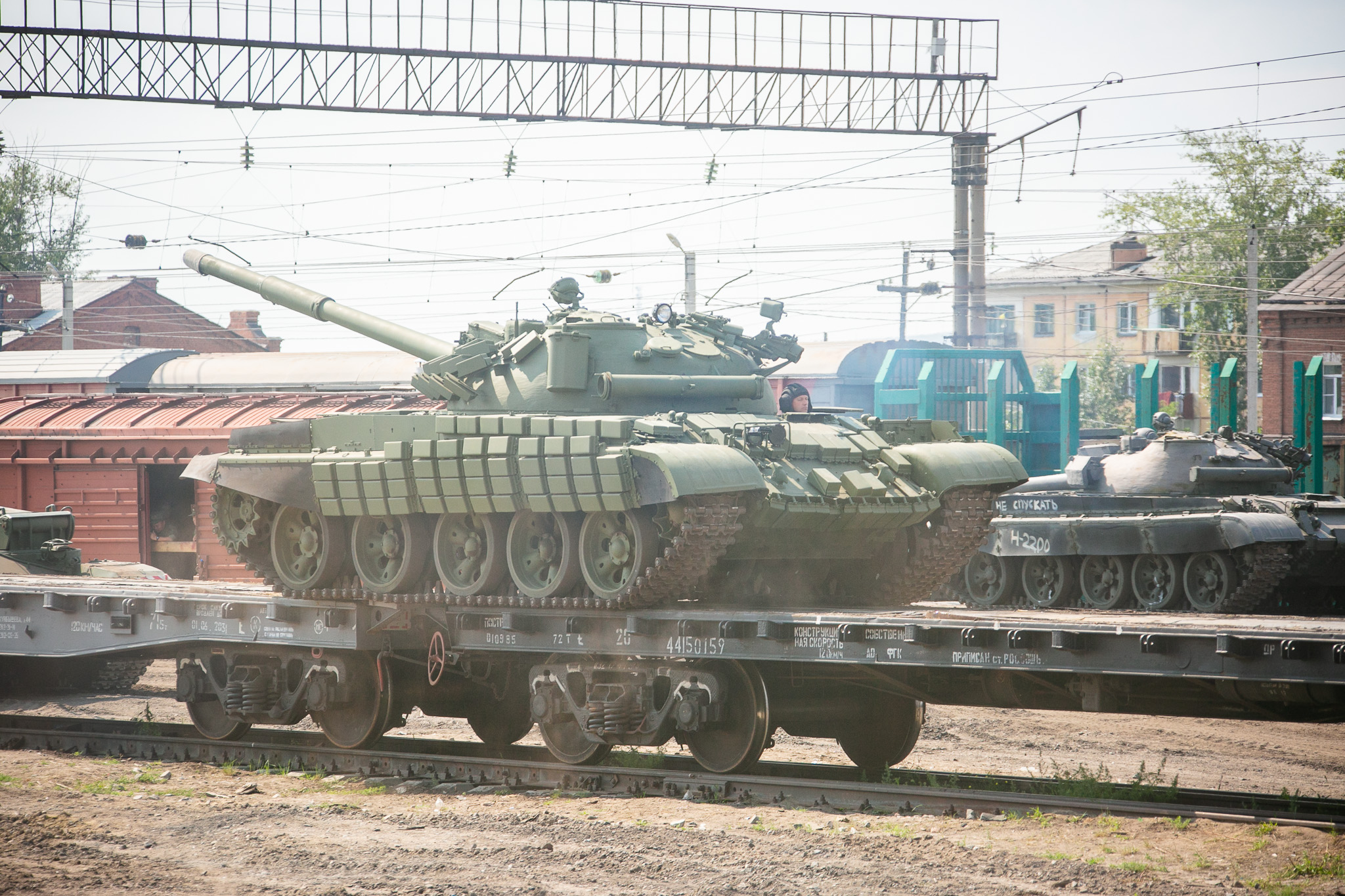
Credit: The Republic of Buryatia official portal
Also in August 2023, a photo appeared of a damaged Russian T-55 tank equipped with a grille welded to the turret (nicknamed the “barbecue”), intended for protection against kamikaze drones. Such grilles were also used on other tanks and armoured vehicles. Cases where Russia deployed T-54/55 tanks laden with explosives to act as kamikaze vehicles to attack Ukrainian positions were also recorded. However, all these tanks had a common feature – improvised modifications with no factory-level modernisation, often lacking even explosive reactive armour (ERA). This indicates that such tanks were not intended for serious frontline fighting.
Russia’s use of outdated armoured vehicles has confirmed that its combat capabilities have been degraded. The toll was such that the Russian defence industry was unable to keep up with manufacturing competitive models on the required scale. Therefore, while production and/or refurbishment or modernisation of T-72, T-80, and T-90 variants has continued, these have had to be supplemented by refurbished or modernised T-54/55 and T-62 variants. Due to a shortage of components, Sosna-U thermal imagers are spotted less and less often on captured Russian T-72 tanks as they were replaced with older and/or cheaper or domestic alternative models. The same applies also to other types of high-tech equipment.
A similar situation is observed among other types of armoured vehicles in the Russian Army – APCs, IFVs, and howitzers dating from the 1940s, and naval guns from the 1950s, mounted on IFVs. Replenishments are required both because of the need to replace losses and to arm new units amid the ongoing mobilisation campaign. In a situation where the Russian defence industry was capable of producing no more than 20 new tanks per month of various modifications, according to a February 2023 estimate by The Economist, older equipment had to be taken from stocks to make up the shortfall in demand, and eventually, it was turn of those tanks produced more than 60 years ago. Consequently, Russia’s (and indeed Ukraine’s) the front lines are filled with various types of weapons, ranging from obsolete to more or less modern equipment.
The Russian Federation is now considering the possibility of resuming production of T-80 family MBTs with new-build hulls, alongside continuing its production of T-90M MBTs (both new-build and upgraded from older T-90/T-90A models), and continuing to upgrade T-72s to the T-72B3M (2022/2023) standards. Apparently, production capacity and specialists can quickly be mobilised for the production of the T-80, though the precise variant(s) of the T-80 family to be produced are as yet unspecified.
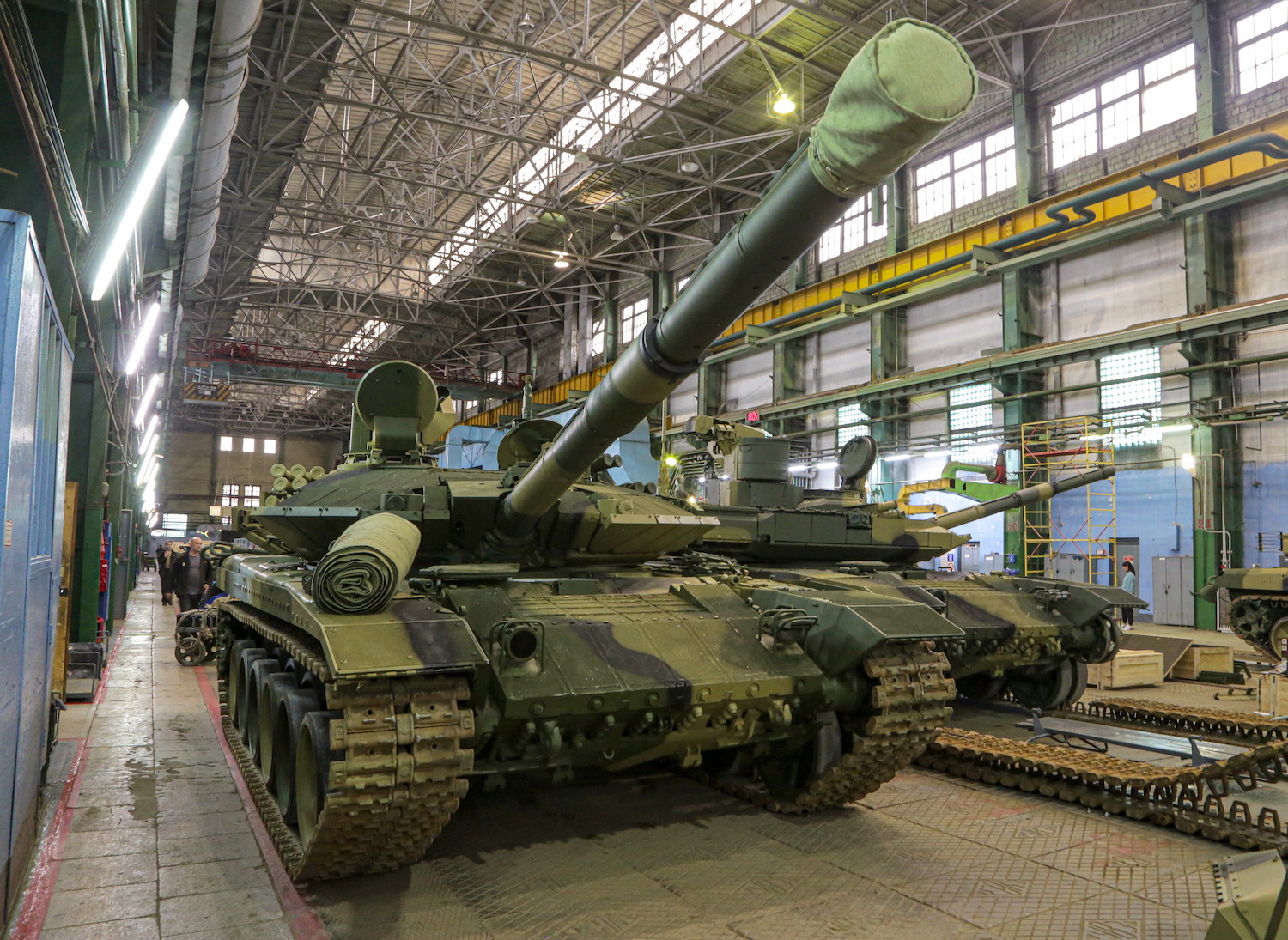
Credit: Uralvagonzavod
Ukraine’s Transition to Western Hardware
In Ukraine, the situation is radically different. The Ukrainian Army entered into this full-scale war with a bulk of Soviet-era weapons and a certain share of Soviet hardware modernised by the Ukrainian defence industry since independence. Had the Russian Federation not invaded Ukraine in 2022, sooner or later the question of the need to purchase Western hardware or cooperate with foreign defence companies to produce it would have arisen regardless, since it would have been impossible to simply continue with modernising Soviet equipment for much longer. The war greatly accelerated this process, and thanks to the help of the Allies, the Ukrainian Armed Forces now operate Western armoured vehicles alongside their remaining Soviet-era weaponry and vehicles captured from the Russians.
With captured hardware, the Ukrainian Army has had to address several problems simultaneously. Seized Russian armoured vehicles need to be repaired and prepared for combat, but some models, such as the BMP-3 IFV, had not previously seen service with the Ukrainian Army. A similar problem arose when it came to the repair of completely different types of equipment donated by Ukraine’s allies. Ukraine is so far dealing with this quite successfully. However, it should be understood that in the long term, Ukraine will have to abandon its Soviet-era hardware, at least due to the fact that there is a limited amount of ammunition and spare parts available. Meanwhile, the number of military personnel trained to operate Western equipment is constantly increasing.

Credit: Lockheed Martin
Soviet and Modern Technology Colliding
Beyond the relative merits of Western or Soviet equipment, the realities of combat operations on Ukrainian battlefields have forced a reassessment of more than just the role of armoured vehicles in this war. Since neither side has achieved air superiority, the main striking force is artillery. The daily number of artillery rounds fired by Russia and the intensity of shelling has broken records. Russia still boasts a large number of various artillery systems in its stocks, including MRLs, and it is somewhat difficult to estimate their actual numbers. It is also hard to assess Russia’s actual ammunition stocks for these systems. Ukraine has received both tube artillery and MRLs from its allies, which deliver precise strikes well beyond the front line, however the quantities of modern artillery received so far are relatively modest.
Aside from artillery, the use of various types of unmanned aerial vehicles (UAVs) and loitering munitions by both Russia and Ukraine has reached record levels, which makes it even more difficult for the warring parties to keep their hardware and personnel safe from airborne threats. Here the question arises of how to better exploit the advantages of modern weaponry in conditions of trench warfare and how to counter an enemy capable of waging a war of attrition. This is a field where seemingly obsolete and hi-end technology collide.
Accordingly, previous concepts of the use of armoured formations developed must be revised. On the one hand, large-scale tank battles are largely off the table (although tank battles have occurred in certain sectors of the front). On the other hand, the use of precision-guided munitions is not a panacea against them. Additionally, large numbers of not-too-modern armoured vehicles still need to be treated as a serious threat, since they can still allow one side to seriously attrit the other or deplete their resources in dealing with them. The fruits of modern technology, including high-precision weapons, satellite imagery, and network-centric combat operations are extremely useful, but are by no means guarantee that their user will instantly prevail over an enemy with enormous manpower capacity and huge stocks of Soviet-era hardware. If there is one thing this war has shown, it is that mass still matters.
Alex Horobets




